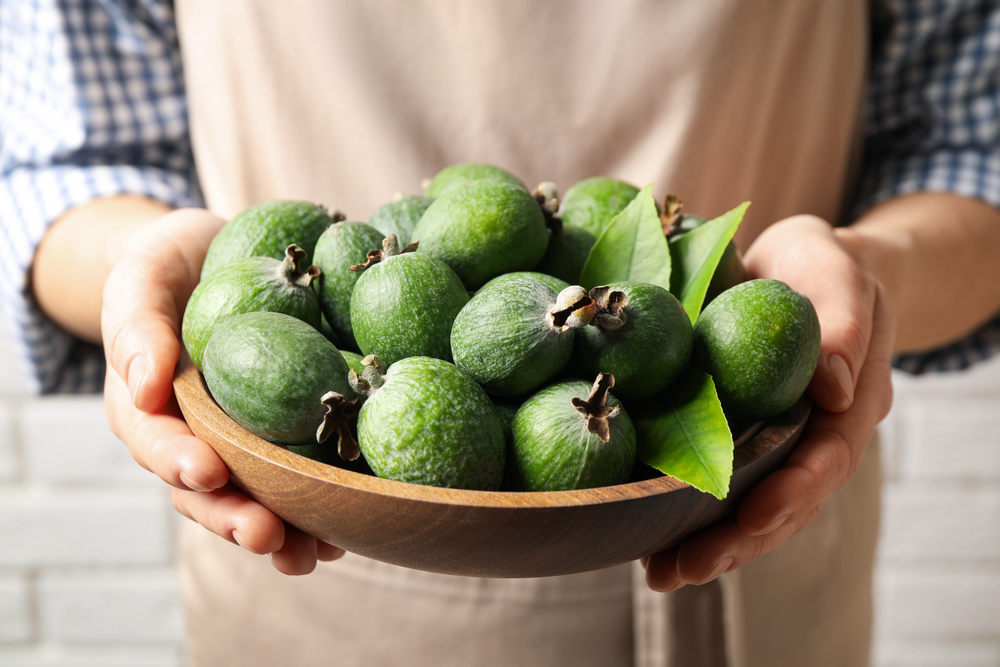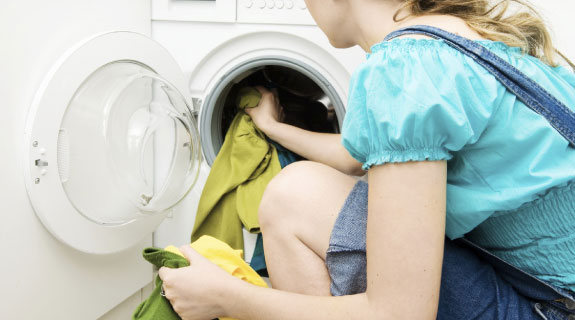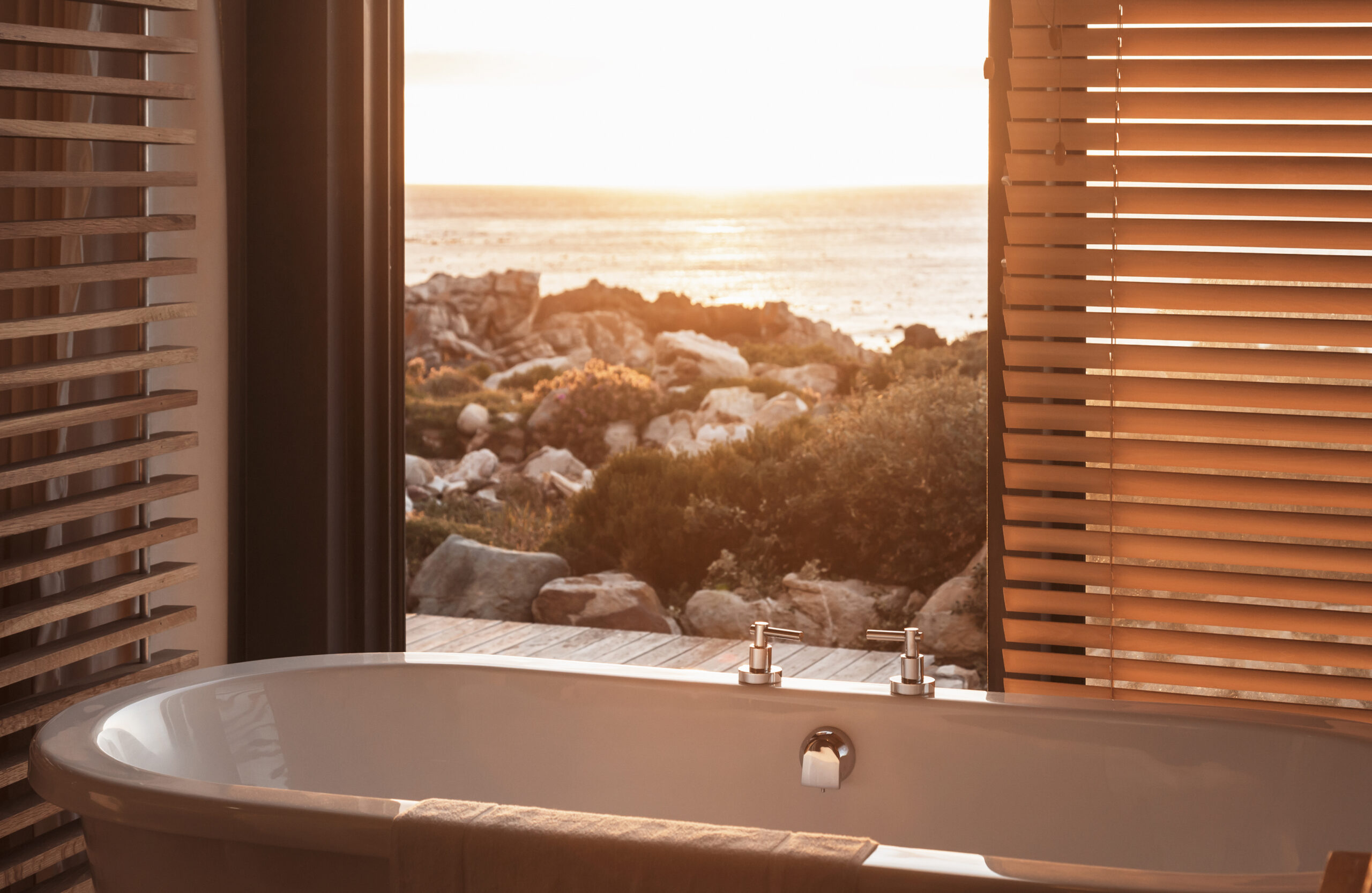In 1996, New Zealand became that rare thing – a country where home distilling spirits is legal. Since then the ranks of distillers have swelled. It’s not just alcohol that’s made, but fragrant, home-crafted essential oils and herbal distillates, called hydrosols. Johanna Knox takes a closer look at this beguiling hobby.

At its most basic, distillation involves heating a liquid until it becomes vapour in order to seperate out certain components. It is essentially the same process that occurs in nature when surface water evaporates in the sun, rises into the sky and condenses in the clouds to become rain.
Distilling is an art that’s been used since ancient times for medicinal and spiritual purposes, to purify water, and to create balms, essences, and perfumes. The distilling process can be a lifesaver when it’s used to remove salt and other impurities from water – including heavy metals, poisons, bacteria and viruses. For more indulgent purposes it can be used to make alcohol and home-crafted essential oils.
During distillation, a liquid mixture is boiled in a still and the vapour captured and recondensed. The most volatile components evaporate first, allowing you to separate out all the different ingredients of a liquid mixture. Handily, alcohol and many fragrant botanical substances are highly volatile.
Once home distillers have mastered the basic art of distilling, they can produce artisan items at a fraction of their retail cost, while indulging in a fascinating hobby. Small changes in ingredients, environment and process hugely affect the end result, so the learning process is an ongoing one, and the potential recipes and combinations almost limitless.

Stills come in a huge range of shapes and sizes – everything from giant industrial contraptions bursting with metal pipes and dials down to little plug-in gadgets that look a bit like a benchtop coffee grinder. One of the simplest distillation devices is the pot still, consisting of a single heated chamber and a vessel to collect purified alcohol. Other types include alembic stills, column stills, reflux stills and solar stills.
But all stills have four key components: the heat source to boil the water, the holding tank which contains the water as well as the plant material to be distilled (this sits just above the water), the condenser to collect and cool the steam, and finally the separator, which divides the essential oil from the water vapour.
Getting started
The first thing you need when distilling your own spirits is a ‘wash’ – a fermented liquid. This could be as simple as a cheap bottle of wine. Run it through your still and watch as, like magic, a smaller quantity of spirit emerges from the condenser, its alcohols and flavours concentrated.
The ‘heads’ dribble out first, containing the most volatile compounds, including acetone and methanol. You will need to throw these away, unless it’s nail-polish remover you’re after. Next come the ‘hearts’, brimming with ethanol – drinking alcohol. Make sure you keep this liquid! Lastly, the ‘tails’ bring less volatile compounds such as propanol.

To ensure you get rid of the heads, one rule of thumb is this: for every 20 litres of wash, throw away 50mls from the start of the run.
Tracking the temperature of your vapour is another way to determine what stage of the run you are at. For example, ethanol vapourises at around 78°C (although this varies slightly with factors such as altitude). Once your vapour reaches that temperature, you know the hearts are emerging.
Even more fun is fermenting your own wash. Make up a sugar-rich liquid using anything from a simple syrup to a mash of fruits, grains or vegetables, plus yeast.
You can attract wild yeasts (like making a sourdough starter), but it’s more reliable to use a commercial product, such as baker’s yeast or one of the many wine-maker’s yeasts available for sale online or at specialist stores. These commercial strains are often known by uninspiring names such as CY17 and R56. However, a dealer will be able to tell you exactly what each strain is best used for. Vintners Harvest Yeast SN9 is known as one of the best all-purpose yeasts. It’s ideal for beginner efforts, and easy to get hold of in New Zealand.
Adding extra nutrients can help your yeast grow and reproduce. To do its work, yeast needs nitrogen, oxygen and trace amounts of various vitamins and minerals. Specialised nutrient mixes are available from distillation suppliers. However, many home distillers swear by simply adding a little tomato paste to their wash.

Over days, the yeast converts the sugars to alcohol and carbon dioxide. To determine when your wash is ready, you can use a readily available device called a hydrometer to measure its alcohol content, or you can do a simple taste test.
Is the wash still very sweet? If so, it means there is plenty of sugar left to be converted.
After running the wash through your still, the resulting spirit can be cut with water to reduce the alcohol content. It can also be aged, that is, left to mellow and absorb new flavours. Try ageing it with oak chips. You might also add flavourings, such as herbs, spices or citrus peel – use your imagination. You can also choose from the many commercial flavourings available.
Essential oils and hydrosols
Place fresh herbs or other aromatic plant material in your still and cover them with water. Turn on the heat, monitor the temperature, and collect your fragrant creation at the other end – a minute quantity of essential oil floating on top of a fragrant hydrosol (sometimes called herbal or floral water).
This process is called hydro distillation. Some stills also allow steam distillation, which at times produces a better-smelling product. The plant matter is supported above the water, and the steam picks up the volatile aromatics as it rises.
With smaller home stills and a backyard’s worth of plant material, you’ll never produce more than a few millilitres of essential oil at a time, even from plants with a high oil yield. However, a lot of hobby distillers are perfectly happy to experiment and enjoy their boutique homemade products.
With a small home still and a backyard’s worth of plants you can create your own boutique essential oils
Producing citrus peel oils is especially revelatory. Typically citrus oils have a short shelf life, and many you buy in shops have already lost their zing. The first time you inhale the fragrance of fresh, home-crafted citrus oil it’s like discovering the difference between homegrown and supermarket veggies.
Eucalyptus, fresh root ginger, lavender, rosemary and thyme also yield plenty of oil – approximately 5-20mls per kg of plant matter. You’ll need a large-ish still to distill this quantity though. That, or put through several runs in a row.
Once seen as a cheap byproduct of essential oil production, the tasty, fragrant, and cosmetic qualities of hydrosols are now appreciated in their own right. They contain diluted, suspended essential oils as well as plant acids – and this acidity means they keep well. For more on hydrosols, check out Suzanne Catty’s book Hydrosols: The Next Aromatherapy.
Once you’ve got the basics mastered, you’ll discover lots of inventive uses for your marvellous, multi-purpose hydrosols. You can use herbal distillates as skin toners, fragrant body sprays, linen sprays, and air fresheners. Jill Mulvaney of Alembics New Zealand suggests using them creatively in the kitchen. Here are a few ideas:
• Make refreshing drinks by adding 30mls of hydrosol to 1 litre of water. Try peppermint, rosehip, elderflower, lemon balm and bay (served with lemon slices).
• Try orange hydrosol added to cake icing, jellies or any cold cooking.
• Mist a rosemary hydrosol over a leg of lamb or a similar dish just before serving to stimulate taste buds and prepare your guests for a delicious meal.
• Add robustly flavoured hydrosols to sauces. Possible base herbs include thyme, rosemary, sage, Vietnamese mint and coriander.
• Try adding a dash of black pepper hydrosol to vodka!







